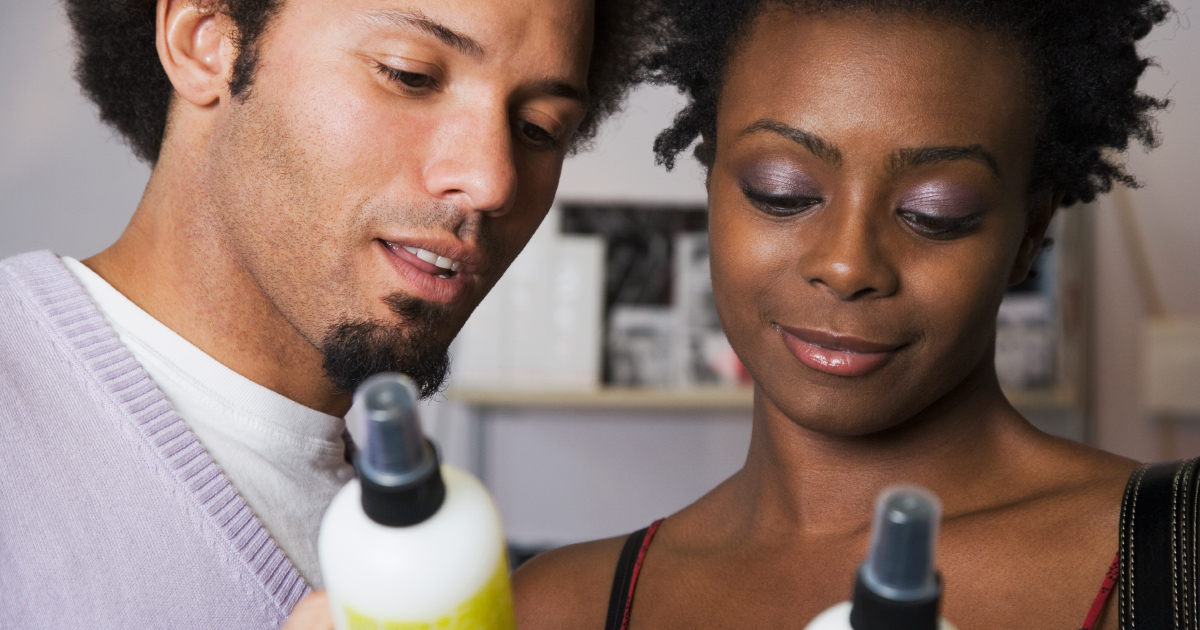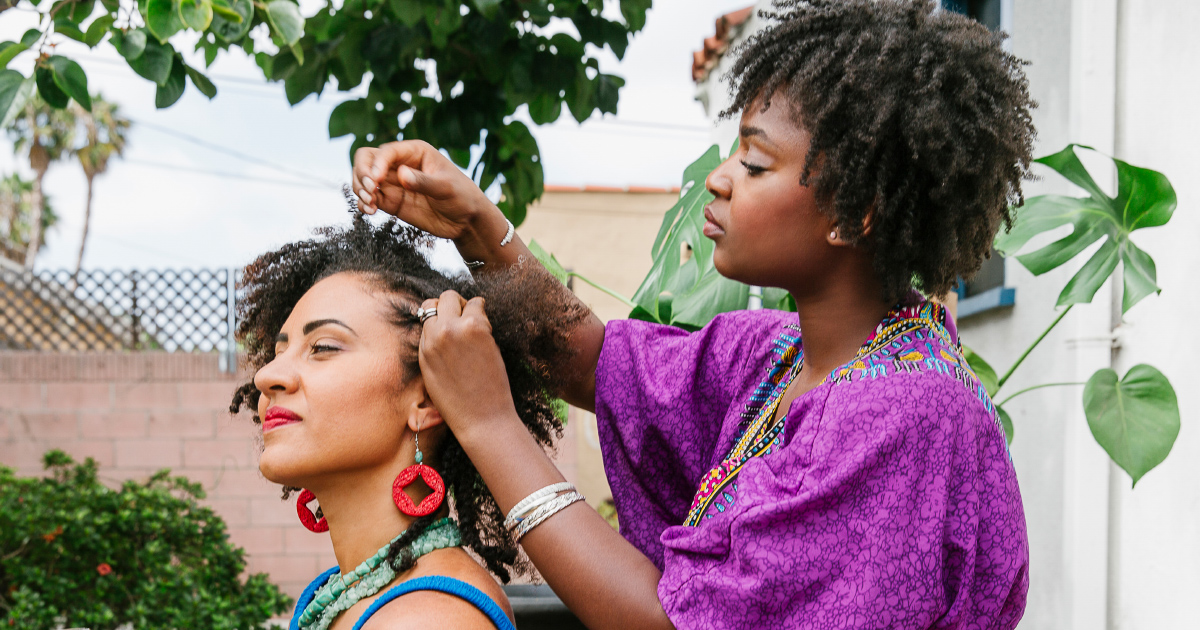Grow your afro in 5 easy steps

The natural hair trend has taken over and one of the best things about the afro is its quite versatile, you can chop and change from straight to curly, wavy or braided whenever you feel like it.
We need to understand and correct the myths that afros are a nightmare to maintain. The Internet is packed with videos and articles about how you should style your afro, which products you should use and how you should apply it. So much so that it can be a bit intimidating to get started on this journey.
Although caring for your afro might seem like a complex mission, it need not be, it’s as simple as this five-step guide that will teach you how to get amazing results with fewer hassles.
START WITH A ROUTINE
Create a routine that works around your daily and weekly schedule. Having a regular routine set to tend to your afro helps you to identify what your problem areas are and how to fix these issues.
The most basic and trusted approach to take is the cleanse, moisturise, style and repeat the formula.
1. CLEANSE
It is of utmost importance to keep your scalp clean and healthy, the same way you would cleanse your face each day, you need to thoroughly cleanse your scalp regularly. A dirty scalp can cause issues such as fungal infections, dandruff, and stunted hair growth. It’s essential to have a clean scalp to aid the growth process from the hair follicle, unblocking your pores and allowing for new hair to grow.
Tip: Wash your scalp with a gentle sulphate-free shampoo. Massage the shampoo into your scalp in gentle circular motions to remove dirt and encourage blood flow to the scalp.
2. PRE SHAMPOOING
Pre shampooing is very important especially if you have very dry and delicate hair. It’s a treatment method that gives your hair protection, moisture and adds shine. Pre shampoo with coconut oil to avoid hygral fatigue (when the hair cuticle is damaged due to excessive moisture entering and exiting the hair cuticle).
3. MOISTURISE
Once your hair is clean and almost completely dry, it’s time for the most important part of the routine which is layering on your moisture products. Moisturising your hair is one of the key factors you need to attend to religiously.
Tip: To lock in moisture, try the LOC method below.
L: APPLY LIQUID
A water based moisturising product with blends of aloe vera, grapeseed oil and essential oils in the form of a spray works best.
O: SEAL IN WITH OIL
As water quickly evaporates, a thick oil blend is needed to seal in the moisture. Try blends of Olive oil, coconut oil, castor oil, and Jojoba oil. These oil blends penetrate the hair shaft and leave your strands hydrated and amazingly soft.
C:LAYER ON CREAM
To complete the process choose a moisturising cream or leave-in conditioner that contains coconut oil, olive extract and organic Shea butter.
4. PROTECTIVE STYLING
Protective styles are basically hairstyles where the ends of your hair are tucked and sealed away. These styles are ideal for an afro, because should you want to change your look, protective styles are better choices to maintain your afro’s health. Try styles such as buns, twists, weaves and braids. They help to keep knots and tangles away, and need less taking care of. However you should not keep the style for longer than 6-8 weeks and be sure to wrap your hair at night and it will look great throughout the week.
Tip: If you want to try a straight hair look, try stretching and straightening without using heat and chemicals. Rather use traditional African threading techniques, such as Bantu knots, chunky twist plaits and Fulani braids.
5. REPEAT THE PROCESS
Your hair is now breezy clean, dry and styled. You can tweak your hairstyles throughout the week to suit your preference. You can switch up your styles after each wash day, but the key thing to remember is to keep and stick to your routine and only make minor changes at a time.
HOW TO TACKLE COMMON AFRO PROBLEMS
DANDRUFF
Dandruff can be easily avoided by getting rid of the causes and taking extra care of your scalp. Make sure you wash your hair regularly with a fragrance-free shampoo. Also moisturise your scalp with a natural lightweight oil.
HAIR LOSS
Keep away from tight braids and extensions as these kinds of hairstyles can damage your hair from the root causing hair loss. Try not to use hair relaxers at all as the harsh chemicals can also cause breakage and long-term damage. If you decide to have braids done, make sure your braids are no smaller than the size of a regular pencil or ideally larger than that.
HAIR WRAP
Get yourself a satin or silk bonnet, and wrap your hair in it every night. Directly sleeping on a cotton pillowcase causes your hair to break easily because the cotton absorbs the moisture from your hair, leaving it very dry and prone to breakage.
“My best advice to everyone who wants to wear their hair natural is that they should to get to know their hair first. If you know your hair, you will know what products it loves and using the correct products for your hair type means healthy and moisturised hair. You can achieve this by knowing your hair’s ability to absorb moisture, also known as hair porosity.”
Natural Hair Blogger – Juwayra from Curlyheadsanddimples.co.za
Related articles

Latest Jet club magazine
We’ve got the latest trends, exciting prizes and exclusive savings just for you!
Jet Club will not pass your details to anyone else. By clicking the subscribe button you confirm you have read and agree to the Jet Club Terms and conditions and Jet Club Privacy Statement.
Subscribe






